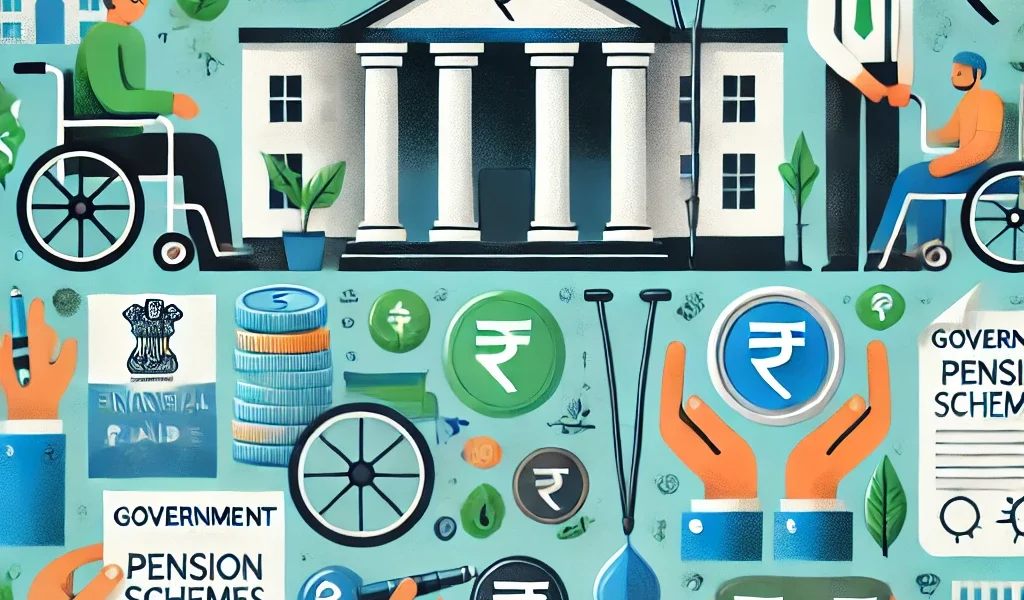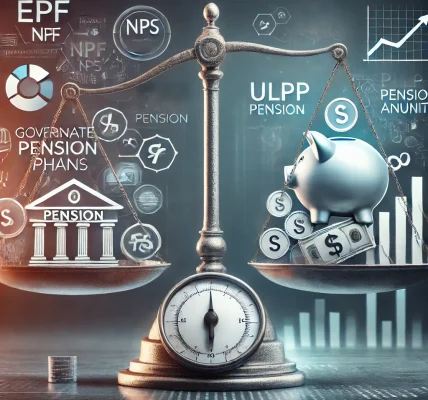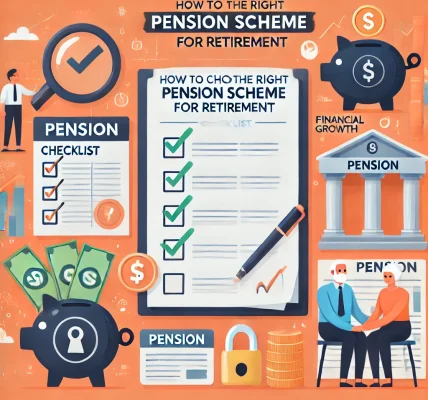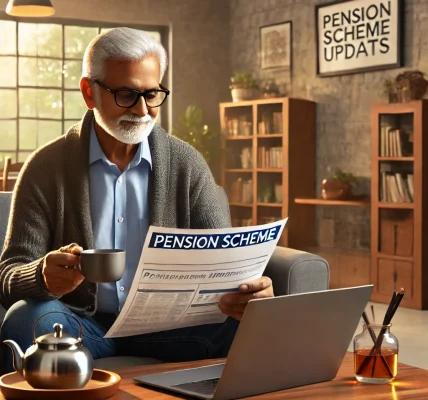Securing financial independence for disabled individuals is a significant concern for both the government and society. To address this, the Indian government has introduced several pension schemes to provide financial support and social security to individuals with disabilities. These schemes ensure a steady income and help cover medical, rehabilitation, and daily living expenses.
In this article, we will explore the various Government Pension Schemes for Disabled Individuals in India, their eligibility criteria, benefits, and the application process.
Why Are Pension Schemes Important for Disabled Individuals?
Disabled individuals often face additional financial burdens due to medical expenses, limited employment opportunities, and dependence on caregivers. A well-structured pension scheme helps them maintain financial stability, reduces dependency, and improves their quality of life.
Government pension schemes offer monthly financial assistance to disabled individuals, ensuring that they can lead a dignified life with minimal financial stress.
List of Government Pension Schemes for Disabled Individuals
Here are some of the most important pension schemes available for disabled individuals in India:
1. Indira Gandhi National Disability Pension Scheme (IGNDPS)
The Indira Gandhi National Disability Pension Scheme (IGNDPS) is part of the National Social Assistance Programme (NSAP) and provides financial aid to disabled individuals.
Eligibility Criteria:
- The applicant must be 18 years or older.
- The disability should be 40% or more (certified by a medical authority).
- The individual should belong to the Below Poverty Line (BPL) category.
- The applicant should not be receiving financial assistance from other government pension schemes.
Benefits:
- A minimum pension of ₹300 per month, which can be increased based on the state government’s contribution.
- The amount is directly transferred to the beneficiary’s bank account through Direct Benefit Transfer (DBT).
2. National Disability Pension Scheme (State-Specific Initiatives)
Many state governments have launched their own disability pension schemes in addition to IGNDPS, providing higher financial assistance to eligible individuals.
Examples:
- Delhi’s Disability Pension Scheme: ₹2,500 per month.
- Tamil Nadu’s Differently-Abled Pension Scheme: ₹1,500 per month.
- West Bengal’s Manabik Scheme: ₹1,000 per month.
3. Divyangjan Swavalamban Yojana
This scheme aims to provide financial support, skill development, and self-employment opportunities for disabled individuals.
Eligibility Criteria:
- Individuals with 40% or more disability.
- Must be between 18-59 years.
- Should not be receiving benefits from other pension schemes.
Benefits:
- Monthly pension benefits (varies based on state).
- Financial support for education and skill development.
- Assistance in setting up small businesses or self-employment ventures.
4. Pradhan Mantri Vaya Vandana Yojana (PMVVY) for Disabled Senior Citizens
Though originally designed for senior citizens, disabled individuals above 60 years of age can also benefit from PMVVY.
Benefits:
- Guaranteed pension ranging from ₹1,000 to ₹10,000 per month.
- Interest rate of 7.4% per annum.
- The pension is provided for 10 years.
How to Apply for Disability Pension Schemes?
Applying for government pension schemes for disabled individuals is simple. Here’s a step-by-step guide:
Step 1: Check Eligibility
- Ensure you meet the age and disability requirements.
- Verify if you fall under the Below Poverty Line (BPL) category (if applicable).
Step 2: Collect Necessary Documents
- Disability Certificate from a registered medical authority.
- Aadhar Card as identity proof.
- Income Certificate to verify financial status.
- Bank Account Details for pension disbursement.
Step 3: Apply Online or Offline
- Visit the official state government website or NSAP portal (https://nsap.nic.in/).
- Fill out the application form with the required details.
- Attach scanned copies of the necessary documents.
- Submit the form online or visit the nearest Social Welfare Department office for offline application.
Step 4: Verification Process
- After submission, authorities will verify the application and documents.
- If approved, the pension will be transferred directly to the beneficiary’s bank account.
Step 5: Track Your Application
- Visit the official website and use your application number to check the status.
- If facing delays, contact the Social Welfare Office in your district.
Tax Benefits for Disabled Individuals Under Pension Schemes
The government provides various tax benefits for disabled individuals receiving pension benefits:
- Section 80U: Tax deduction of up to ₹1,25,000 per annum for individuals with severe disabilities.
- Section 80DD: Tax deduction for families supporting a disabled dependent.
- Exemptions on Pension Income: Some state pension schemes offer tax exemptions on pension benefits.
Which Pension Scheme is Best for You?
The choice of pension scheme depends on various factors such as age, financial condition, and disability percentage. Here’s a quick recommendation:
- If you belong to the BPL category, opt for Indira Gandhi National Disability Pension Scheme (IGNDPS).
- If you are above 60 years, consider PMVVY for a higher pension.
- If you want skill development and financial support, choose Divyangjan Swavalamban Yojana.
- If you live in a state with an additional pension scheme, apply for both national and state-level benefits.
Conclusion
The Indian government is committed to ensuring financial security for disabled individuals through pension schemes and tax benefits. These schemes not only provide monthly financial assistance but also promote self-reliance and dignity among disabled individuals.
If you or someone you know is eligible for these benefits, apply today and secure a financially stable future!




